Method for measure temperature of semiconductor device
Although breakthroughs have been made in the semiconductor field, the main problem faced by chip manufacturers is the overheating of these devices. This issue reduces their overall efficiency and shell lifespan, increases costs, and consumes limited resources. To address this issue, innovation and methods are being developed to detect this overheating and keep the semiconductor at its operating temperature.
The working temperature greatly affects the performance and reliability of semiconductor devices, as temperature is the most commonly measured environmental variable. This makes sense because electrical, mechanical, chemical, and biological systems can all change due to temperature. Therefore, we need a temperature measurement method to provide input to the control unit and maintain the operating temperature conditions of the system.
It can be said with certainty that the rated value of semiconductor devices will decrease with increasing temperature. For example, the transconductance of a transistor may vary due to temperature rise (depending on device configuration and operating conditions). Figure 1 shows the relationship between the rated value of a semiconductor and its temperature
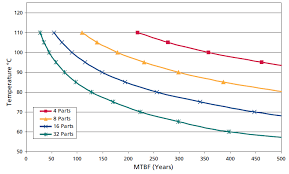
Figure 1 Upgrade and Temperature
Therefore, this article explains the different methods and parameters for measuring the temperature of semiconductor devices, and shares insights into accuracy and spatial and temporal resolution. It is worth noting that most temperature measurement challenges include improvements to these quantities.
Ⅰ. Measurement method for temperature of semiconductor equipment
Generally speaking, there are three methods for measuring the temperature of semiconductor devices, including optical methods, physical contact methods, and electrical methods, each with its own advantages and disadvantages.
A) Optical method: Using optical properties (such as luminescence, reflected radiation, naturally emitted radiation, or forced emission radiation) to measure temperature. For example, suppose a concentrated photon is focused at a point on the device. Due to the fact that the diffusion of lattice photon energy is a function of temperature, a portion of the beam of photons may be reflected back due to changes in device temperature.
Therefore, we can simply measure the changes in photon photon interaction and infer the temperature changes of the detected object (thermometer) located in the incident photon beam region.
This method can measure the temperature of an object at a very high spatial resolution without the need for contact. In addition, due to the very small time response delay, it can also measure rapid temperature changes. However, this method is costly and requires the target object to be visible.
Ⅱ. Understanding how different optical properties affect temperature
As mentioned above, different optical properties can significantly affect the temperature of semiconductor devices. Each of these characteristics depends on the spectrum to detect temperature.
● Luminescence: Luminescence is the emission of radiation due to external stimuli, such as electromagnetic current or photon excitation. The emitted radiation is caused by the recombination of electrons and holes, and the peak energy occurs at the bandgap energy indirect bandgap material.

Equation 1
The above equation indicates that the bandgap energy Eg is directly proportional to the square of temperature.
● Infrared radiation: Infrared radiation is one of the most commonly used optical techniques for measuring temperature. The Stefan Boltzmann equation for total emission energy represents the relationship between spectral emissivity and temperature, as shown below

Equation 2
Where ε is the emissivity, which ranges from 0 to 1 for the actual transmitter. Therefore, by using this equation, we can determine the temperature of an object by measuring the total emitted radiation. However, the main issue with infrared radiation is emissivity, as it varies depending on the material, leading to changes in the overall spectral emissivity. Therefore, it is important to consider these changes when considering temperature.
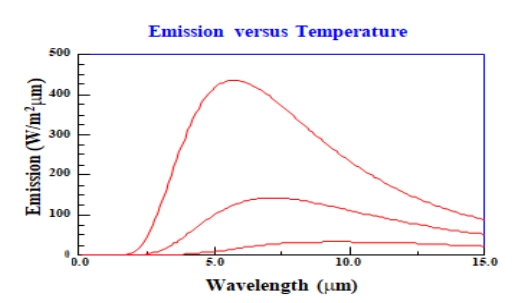
Figure 2 shows how the radiation of semiconductor devices varies with temperature.
B) Physical contact method: Firstly, this method relies on the actual physical contact between the device and the detection object (usually a thermometer). This method combines point contact using thermocouples or/or multi-layer coatings using thermosensitive phosphorus and liquid crystals. In short, we found that the heat transfer from one device to another within a unit time is the main factor affecting temperature measurement.
The main advantage of this method is that it has a very high spatial resolution and can easily generate temperature maps. However, it requires a physically accessible surface area of the device, making it impossible to measure the temperature of the packaged chip. In addition, the thermal response depends entirely on the response of the probe (thermometer).
Ⅲ.Different detection devices used to detect the transfer of thermal energy from one device to another
Detection devices play an important role in physical contact methods as they exist on the device body and directly measure temperature.
●
Scanning thermal probes: These are actually the only thermal probes that can measure the temperature of objects at the nanoscale. These atomic force microscopes are combined with temperature sensitive components such as thermistors or thermocouples to measure temperature.
These probes, due to their extremely small size, can provide the highest spatial resolution. Figure 3 shows different microsurfaces and how to place thermal probes to detect temperature.
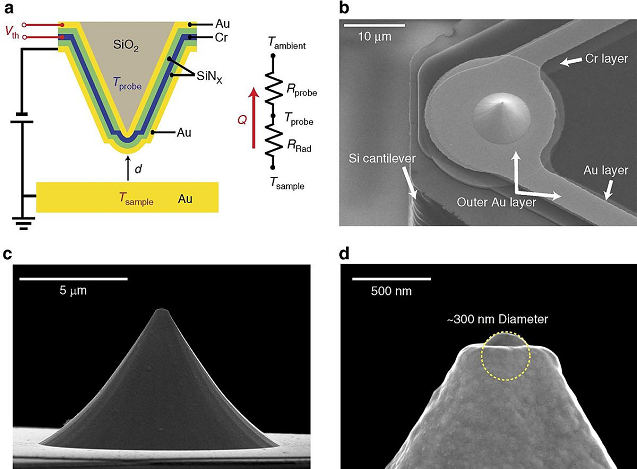
Figure 3 Different detection angles
●Thermosensitive fluorescent powder: This material is a ceramic powder doped with rare earth elements, which emits light under ultraviolet radiation. This luminous intensity is temperature dependent and decreases as the temperature increases.
C) Electrical method: The electrical method uses electrical parameters such as PN junction forward voltage, threshold voltage, resistance, and current gain. As these parameters vary with temperature, we can easily calculate the temperature of the device. This method provides a centralized average of the actual temperature distribution. Figure 4 shows the temperature distribution difference between actual and ideal objects
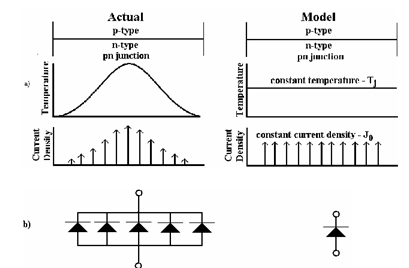
Figure 4 Temperature distribution of actual objects
This method does not require physical contact with the device. But it cannot provide a temperature map because it indicates the temperature of a specific area, for example, the junction temperature is only the same in the junction area and different elsewhere. In addition, this method requires calibration before measuring temperature.
Ⅳ. Review the different electrical parameters that have a significant impact on temperature measurement
● PN junction forward voltage: The PN junction forward voltage is one of the most commonly used parameters for measuring the temperature of semiconductor devices. Figure 5 shows the variation of junction voltage with temperature.
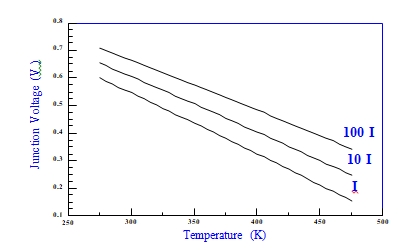
Figure 5: Junction voltage and temperature
The relationship between temperature and forward voltage is as follows:

Equation 3
Here, I pn is the current flowing through the gate, with an electron charge q of 1.6-10-19 C, K is the Boltzmann constant, Eg is the bandgap of silicon, Vpn is the forward voltage. The left side of the equation is approximately -2 mV/K, with a variation of about 7% between 275 K and 475 K. It is also known as the "calibration constant".
● Threshold voltage: This is another similar electrical parameter used to measure the temperature of semiconductor devices. Figures 6 (A) and 6 (B) respectively show the relationship between the threshold voltage temperature variation and the threshold voltage temperature derivative of power MOSFETs and integrated circuit MOSFETs.
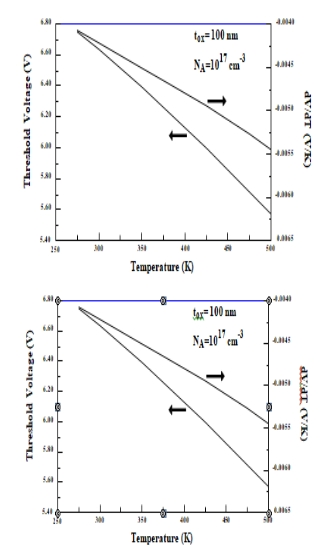
Figure 6A&B Threshold Voltage and Temperature

Formula 4
Here V T is the threshold voltage, Δ B is the distance from the midpoint of the bandgap to the Fermi level, ε si is the dielectric constant of silicon, COX is an intrinsic gate channel oxide capacitor, N A is the doping density. This equation provides the relationship between threshold voltage and temperature.
五、Conclusion
To summarize, there are various methods for measuring the temperature of semiconductor devices, each with its own advantages and disadvantages. Engineers can choose specific measurement methods based on specific requirements, such as temperature map requirements, availability of packaged or unpackaged chips, spatial and temporal resolution levels.
